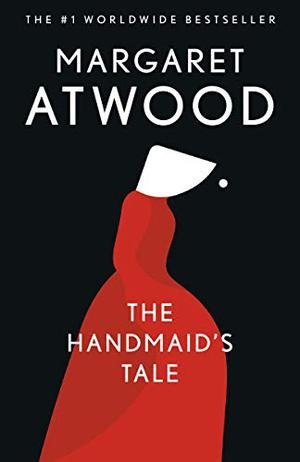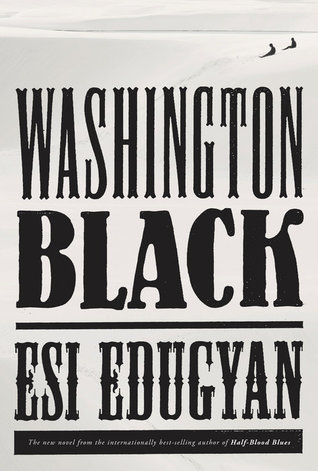The Romantic William Boyd (2022) I had enough of picaresque novels when I taught eighteenth-century British literature decades ago—think Moll Flanders, Joseph Andrews, and Tom Jones. So I wasn’t keen on reading a novel that seemed to land in this genre. Never fear! Cashel Greville Ross, the star of The Romantic, is not a scalawag, and his adventures are seldom sordid. This tale of a fictional man who lived from 1799 to 1882, skips merrily from the west of Ireland to Oxford, to India, to Italy, to Massachusetts, to Zanzibar. The author establishes the story in the history of the period by having Cashel survive the Battle of Waterloo, spend a summer with the great poets Shelley and Byron (plus Shelley’s wife, Mary), and make a dangerous trek to the source of the Nile River. There’s also a grand love affair. William Boyd’s prose has just enough of a nineteenth-century tone to give the novel flavor and not so much as to render it tedious. One chapter bounces to the next for 446 pages of outrageous storytelling.
The Vaster Wilds Lauren Groff (2023) Imagine a Robinson Crusoe tale, but set it in early 17th-century Colonial America. Make the hero a teen-aged female servant who runs away from a settlement of Europeans that is beset by famine and disease. Of course, famine and disease are also what this teenager encounters in the raw and gorgeous wilderness. I kept thinking that the plot of The Vaster Wilds would develop more in the present tense of the story, but instead what plot there is consists of flashbacks to past events in the runaway’s life. This is not a novel that you should read if you are prone to depression, but two elements make the grim adventure tale palatable: Lauren Groff’s marvelous way with words and the inventive survival tactics that she describes. (I’ve reviewed two other excellent Groff novels: Fates and Furies and Matrix.)
Late Nights on Air Elizabeth Hay (2007) Yellowknife, the capital of the Northwest Territories of Canada, sits at 62 degrees north latitude, where the short summers are glorious and the winters are very, very dark. Late Nights on Air starts out slowly, introducing readers to the staff of Yellowknife’s sole radio station, in 1975. The adventure comes in when four of the staff decide to take a six-week canoe trip through the Arctic wilds in the summer of 1976. The adventurers are always on the edge of disaster, facing ice-jammed rivers, back-breaking portages, and a bear attack, but the natural wonders that they encounter leave them in awe every day. Woven through the narrative are romances among members of the ensemble cast, plus a regional controversy over an oil pipeline. I lived in Toronto in the 1970s, so I appreciated many of the cultural and political references in this novel, but even I had to look up a few words. “Dene,” for example, is a general term for native peoples of the Canadian Arctic, who face many of the same issues today that they faced in 1975.








